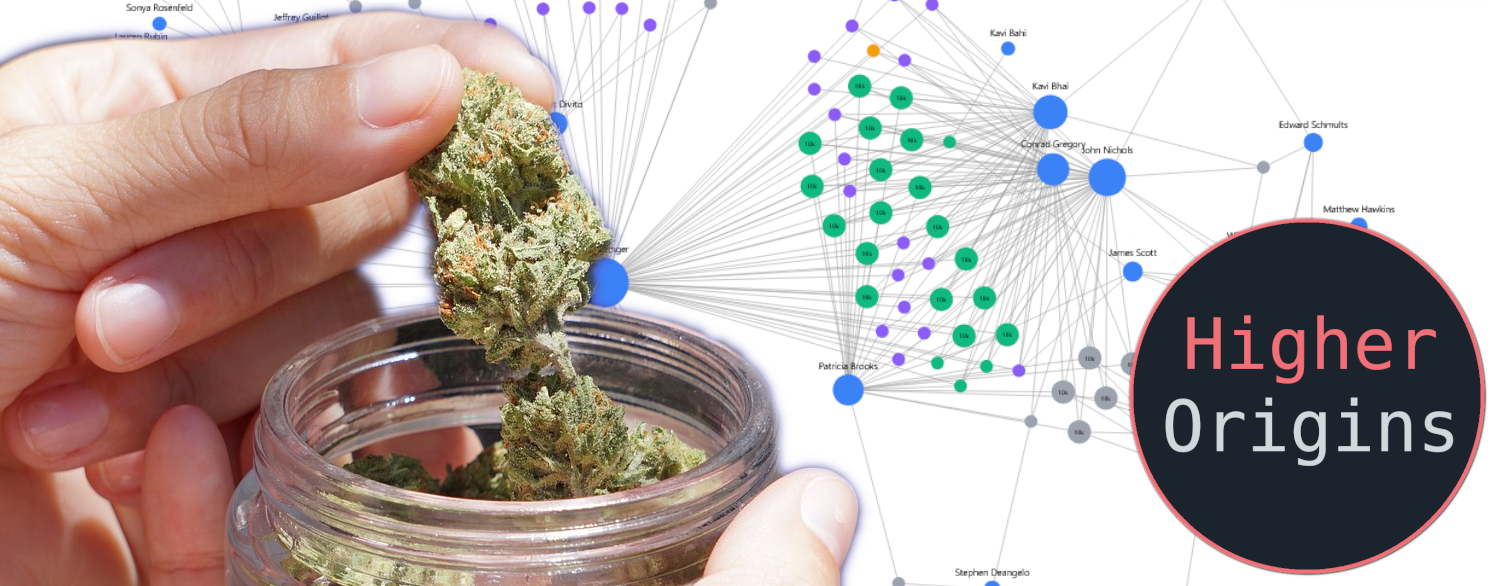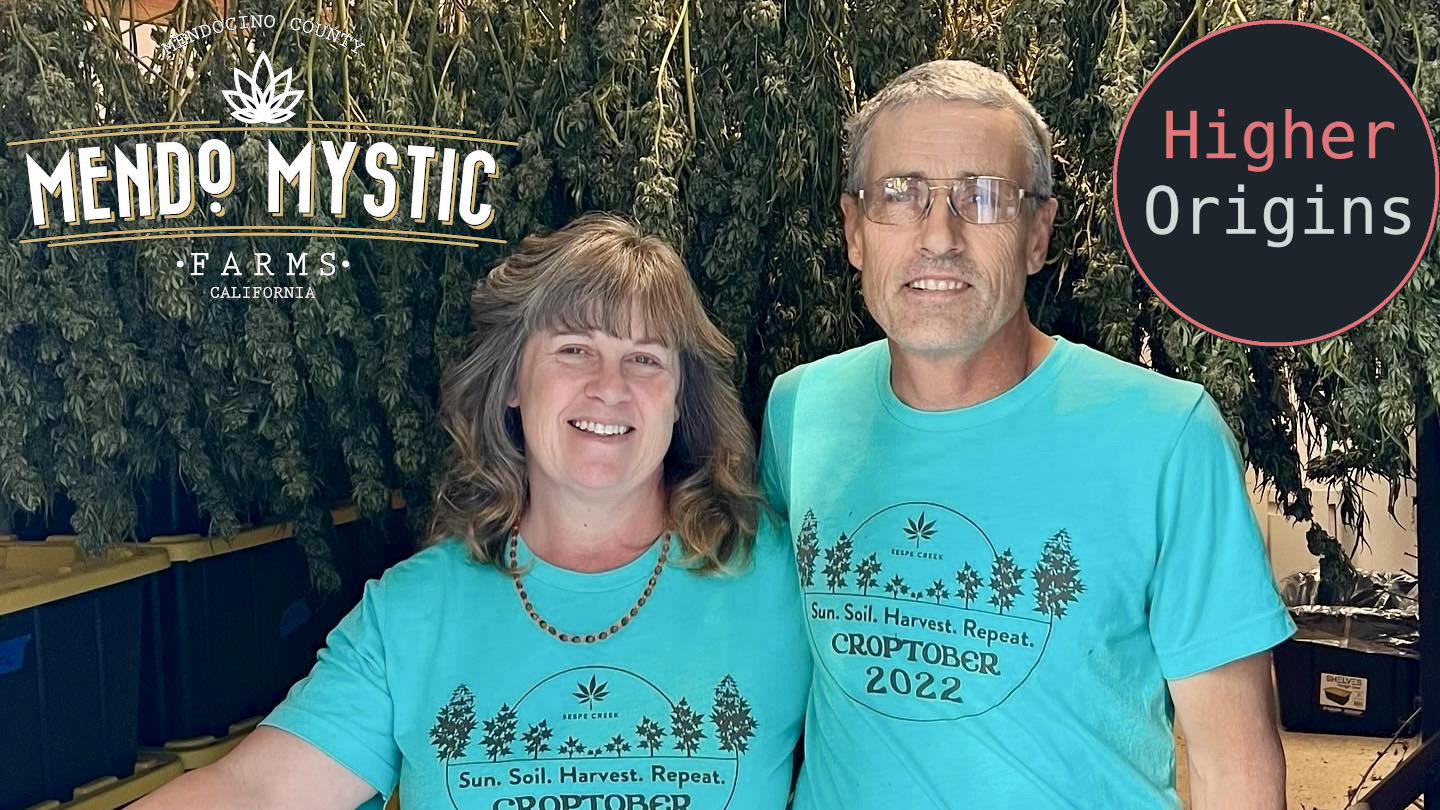We've noticed a troubling pattern recently in the California cannabis industry. The variety of strains available at retail has dropped considerably. While the variety of SKUs on shelves has increased into new kinds of consumer packaged goods, the actual diversity of strains going into these products has dropped. In one well known craft-centric dispensary we recently visited in LA, out of over 800 SKUs, there were only 25 strains represented. Why is this? What's causing it? And how do we fix it?
This starts with price. The constant threat to the small farms we work with is that they simply can't get enough payment per pound. This is naturally a desperate situation, so to stay afloat, farmers need to be tuned in to what's selling well in the market to guarantee they can at least move their pounds even if they can't get a premium price for them. Naturally, they turn to the sources of information they've always relied on for hints on what strain they should grow- nurseries, dispensaries, and buyers who they've sold to in the past. After they've taken what advice they can get and chosen their strains for that season, they often find themselves back in the same situation they started in- barely making enough to keep operating, as their pounds get rock bottom prices.
Now, let's put a pin in the small farmers problem for a moment and take a look at what's going on with the big guys. These huge farms, usually in central and southern California, are growing tens of acres of canopy. They look less like farms and more like assembly lines: robotic watering systems, warehouses of clones and grow media, and small armies of grow techs keeping everything running. These operations have unlocked the true benefits of economies of scale- they can move literal tons of cannabis month over month, and shift the entire market through their daily operation. To reach this scale however, trade offs must be made. Everything must be optimized and standardized, including plant genetics. These farms grow smaller plants that flower fast, thrive in the stable greenhouse environment, don't need much hands-on care, and produce dense buds that can be cleanly machine-trimmed. These strains are chosen as much for their ability to grow well in the factory farm environment as they are for the quality and smoke of their finished flower.
Standardization means that large farms grow a limited number of strains- and their large brand customers expect a steady supply of standard herb to maintain consistent quality in their products, so there's a limited incentive for big farms to dabble in new strains. Since these farms are so huge, their demand for clones dominates the nursery industry. To serve these large customers, it's easier for nurseries to focus on huge runs of standard strains. Why maintain dozens of different exotic genetics for cash-strapped and unpredictable small growers when you can easily sell orders of magnitude more clones of the same 4 strains to rich mega farms on a very predictable schedule?
This comes back around to affect the small farmer. Remember when they asked around to figure out what to grow? Well, their network probably told them what was popular, and statistically, that was the top 10 or so strains that move en masse through the supply chain, largely driven by those huge farms, brands, and the nurseries that serve them. The problem is, small farms operate differently, with more attention paid to each plant, and a less consistent crop that requires more delicate care, making it harder to achieve craft at economies of scale. Sure, a massive farm can make a healthy profit selling Ice Cream Cakes for $250 a pound, because they're selling tens of thousands of pounds! A small farm, even if they go sea-of-green and pack plants as tightly as possible, can't even come close to the same economic return. And when that small farm goes and grows the same popular strain that all the large farms are growing, it's not special: the top strains have a strong low price floor- why would a buyer pay several hundred dollars more for a generic Cake strain to give a small farm a profit margin, when they can get the same weed from everyone else for $200?
So we have a chilling effect on variety in the market. Big farms grow limited variety in pursuit of standardized efficiency, nurseries trim their R&D to serve these big-name accounts, brands compete in similar categories with similar strains, and small farms desperate to move their pounds reluctantly choose market dominant strains that don't provide sustainable prices. It's a race to the bottom that has been resulting in the limited variety of strains on shelves.
But isn't the variety what it's all about? One of the core stories of cannabis is the "The Legendary Strain"- that one old friend of a friend who knew a guy out in the hills who grew the Really Good Shit. Isn't that story a compelling (and true, we know that guy too, trust us) way to sell cannabis and further the small batch craft roots of the California industry? The problem here is risk tolerance. If small farms could make enough at market to have a little margin, they could risk using their limited canopy space to grow the exotics, chase R&D, and pull those legacy seeds out of the back of their garden shed. Unfortunately, it's a fight for survival financially, and when you're struggling to make it one more season you have no margin of cash, attention, or patience to innovate and germinate.
And, let's be clear, this isn't really meant to be an indictment of large megafarms. Every industry has their large standardized market players. The car industry has the Honda Civic, alcohol has Jack Daniels and Bud Light, and coffee has Starbucks. Those companies provide a good baseline to the industry- average entry level crowd pleasers where you know what you're getting. And that's fine, big mega farms will provide the same baseline to the cannabis industry. But variety and specialty is the spice of life. The beautiful Alfa Romeo cars, complex Lagavulin whiskies, funky Lagunitas beers, and delicious fair trade craft roasted coffees all build upon the baselines of their respective industries, bringing excitement and innovation. We fear that cannabis is losing this, and it's a result of price-desperate small farms lacking the spare cash to innovate in a market increasingly dedicated to the genetic needs of large scale operations.
So what do we do about it? Well, the simple answer is that the smaller farms of the cannabis industry need favorable economic conditions where they feel comfortable taking risks and bringing their specialty genetics to market. In reality, this is obviously more complicated. One option is to create size and legacy-based protected marketing categories such as Small Batch and Craft to allow smaller farms to differentiate themselves in the market. Another option is to enable much more clear communication between farms and consumers- if farms know for a fact that consumers want a specific strain, they can make decisions based on that information rather than on the opinions of other industry players who are overwhelmed with generic big-business strains.
Ultimately, it all comes back to an idea, one so integral to solving the problems in the industry that we made it our slogan: Respect The Origins. Everyone in cannabis needs to keep this in mind- the foundation of the cannabis industry is based on the variety, effort, risk, and deep knowledge of those people out in the hills who grew (and still grow) the Really Good Shit. Let's keep that mindset alive, and price it into the market.
Keep growing, and swap those seeds when you find them!




















